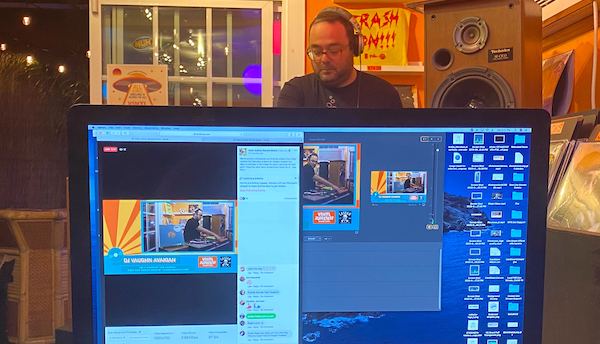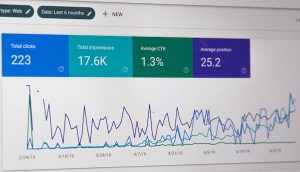Facebook, Twitter/Periscope, and YouTube have their own livestreaming systems, but if you want to stream your event to multiple locations at once (otherwise known as simulcasting) you’ll need to use another setup.
What is simulcast streaming?
The term simulcast means “simultaneous broadcast” and it refers to streaming a live video to multiple platforms at the same time. For example, let’s say you’re creating a virtual event and want people to be able to watch it at the same time on your website, on Facebook, Twitter, and YouTube. You can do this if you are using a professional livestream service.
What are the benefits of simulcast streaming?
Being able to share your content on multiple platforms enables you to reach as many people as possible. People love watching videos on social media, and for example on Facebook 1 out of every 5 videos is a live video. Different people prefer different social media platforms, so being able to reach people where they are instead of asking everybody to go to a platform they might not like or be familiar with is a huge advantage.
How to set up simulcast streaming?
Your first option is to share the livestream to multiple platforms. This means you broadcast for example to YouTube and then share that post on Twitter. Sharing a link isn’t actual simulcast streaming but it allows your audience to see that you’re doing a livestream and then follow the link to watch it. Keep in mind that it might require your audience from one social media platform to have an account on the platform you are broadcasting to.
The second option is to use a simulcasting service. For example, Vimeo Enterprise enables you to stream your video to up to five platforms at once. There are several different simulcasting services available and their pricing and features are slightly different. These platforms typically require some knowledge of a technical setup and cost a monthly or per MB data fee to utilize.
The third option is to use a computer based studio software (like OBS) to push broadcasts from your computer to multiple online sources. This is a cost effective method as it does not require a subscription based service to use. Before attempting to deploy this method make sure that you have plenty of upload bandwidth to handle the multiple streams. This set-up requires 100% more data per additional destination. For example, you will need 5-6 mbps to get a good quality broadcast. Simulcasting to YouTube and Facebook will require 10-12 mbps and if you add Twitter/Periscope you will need 15-18 mbps. Take into consideration other network traffic and other processes you are using for your livestream on the studio computer when making your calculations.
Regardless of what method you use, data will be the key to ensure that your event goes smoothly on all platforms.
Digital Impact & has the technology to produce professional livestream experiences that you can stream simultaneously to various platforms. With our service there are no limitations on how many platforms you can stream your content. We make the setup process easy and help you create a memorable and engaging live event for your audience. All you need to do is show up in person or virtually to the event and we handle the rest.



